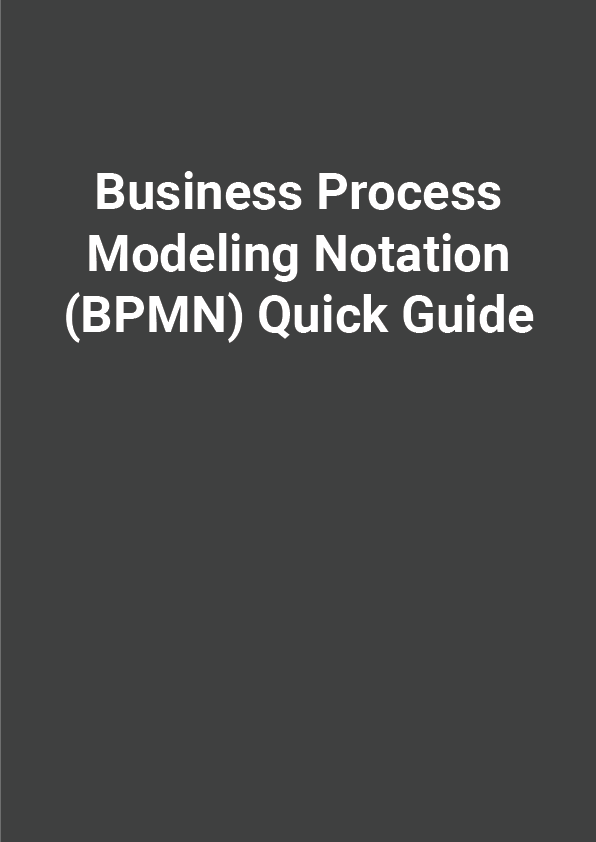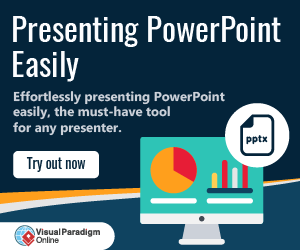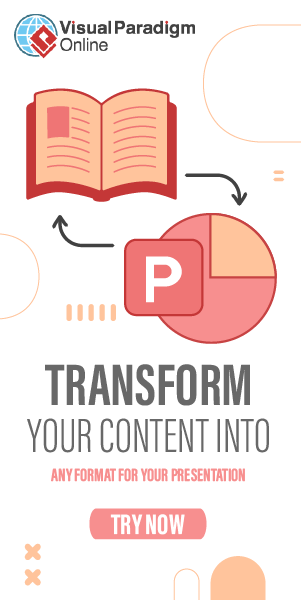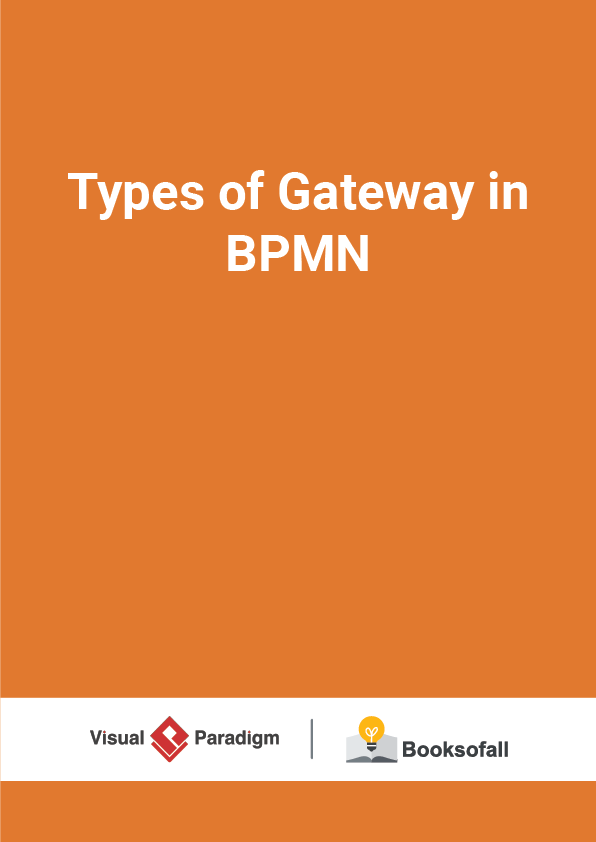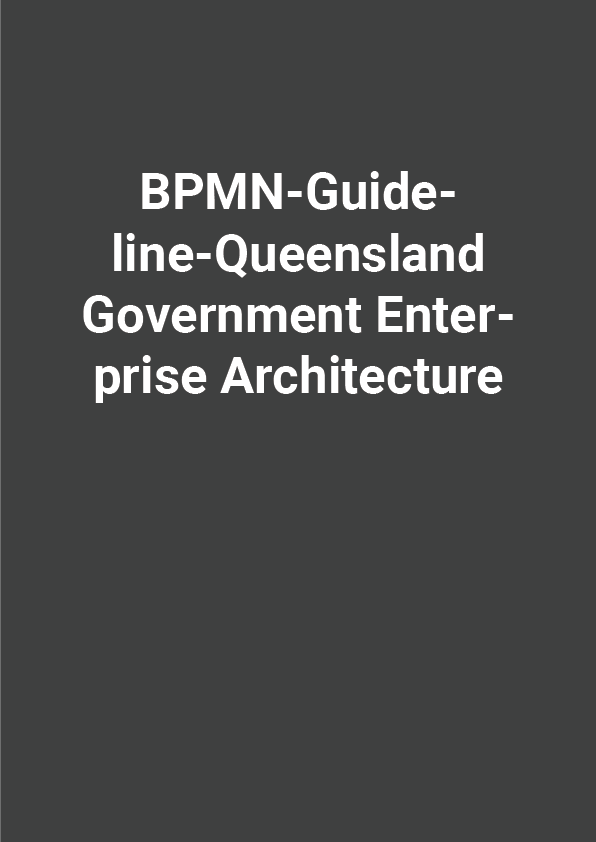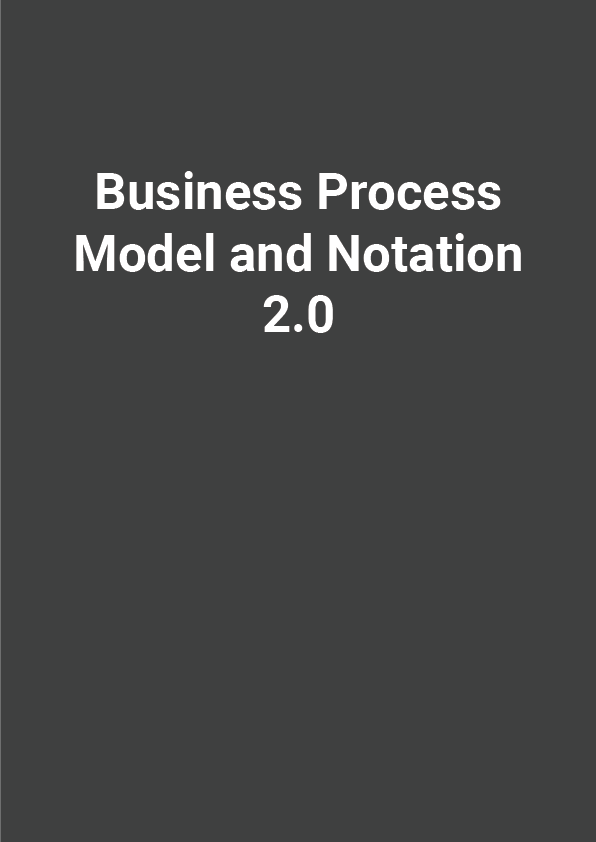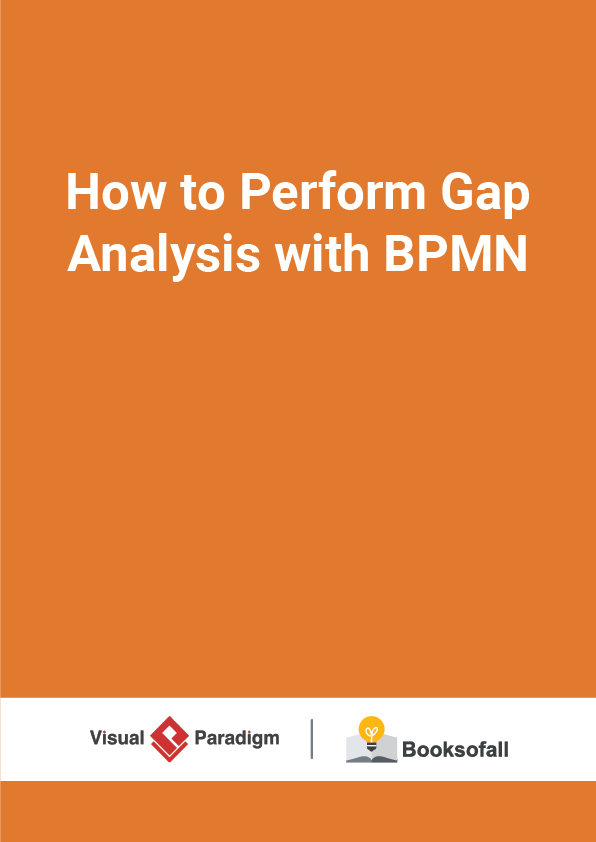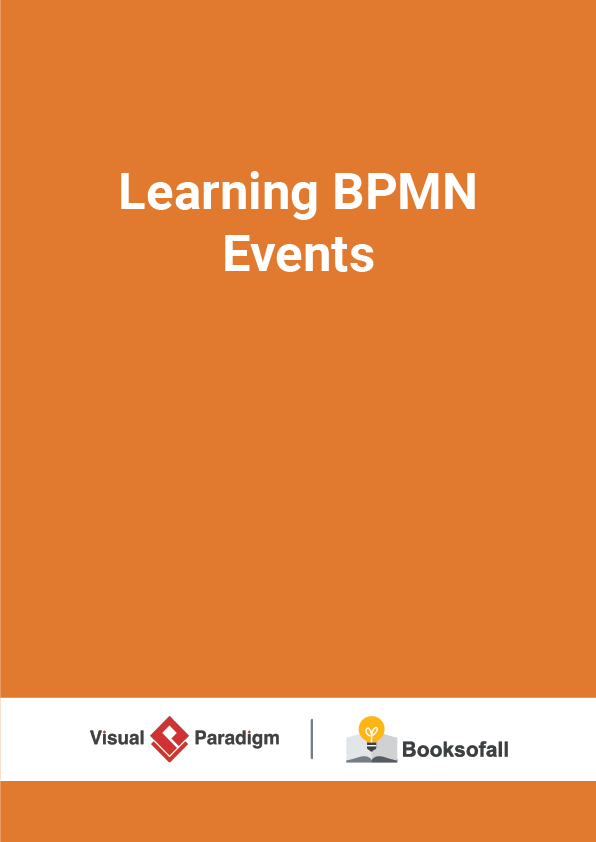Introduction to BPMN
The aim of this guide is to provide a brief introduction to the process modeling notation used in the development of the Information Delivery Manual (IDM). It is not intended that this should be a complete guide; see the reference in the footnote below for a comprehensive description. Neither is this guide intended to cover every capability of the notation; only those aspects of the notation that are commonly used in IDM development work.
Purpose of a Process Model
A process model describes the activities that exist within a business process. A scope statement that sets out, in broad terms, the content of the business process and the process model that exposes it.
The process model defines all of the required activities and sets them into a logical sequence. This sequence is driven by the dependency of one process on the information that is provided to it by one or more other processes. It is NOT time based and should not be confused with scheduling of tasks as may be represented in a GANTT chart or PERT diagram.
A process model can be developed to a very fine or very coarse degree of detail. The more precise the model, the more specific it becomes to a particular process as practised in one place. If it is less precise, it can be used with a high degree of generality.
Process models are used in IFC specification development projects as the means to discover and capture the information content of a business process and how that information is to be exchanged between participants in the process.
Process models can also be used for other purposes including:
- Quality Assurance: A quality manual expresses activities to be undertaken, sequences of activities, roles and responsibilities and audit requirements. All of these can be expressed within a process model.
- Business Process Improvement: A process model enables the capture of ‘as-is’ information about a process. This model can then be analyzed and redeveloped as a ‘to-be’ process model that describes improvements.
Preferred Notation
For IDM, the preferred notation for process model development is the ‘Business Process Modelling Notation’ (BPMN) developed by the Object Management Group (OMG).
BPMN is a recently developed notation that appears to be rapidly gaining acceptance amongst the modeling and business communities.
BPMN was developed by a group of experienced process modelers within OMG to address a number of issues that were not commonly dealt with by prior notations and to merge ideas into a single, standard, accepted approach. In doing this, BPMN development considered and adapted appropriate ideas from a number of prior developments including UML Activity Diagram, UML EDOC Business Processes, IDEF, ebXML BPSS, Activity-Decision Flow (ADF) Diagram, RosettaNet, LOVeM, and Event- Process Chains (EPCs).
BPMN Goal
The primary goal of BPMN is to provide a notation that is readily understandable by all business users
- business analysts that create the initial drafts of the processes,
- technical developers responsible for implementing the technology that will perform those processes,
- business people who will manage and monitor those processes.
Thus, BPMN creates a standardized bridge for the gap between the business process design and process implementation.
Rules of the BPMN Notation
A key element of BPMN is the visual appearance of the diagram in terms of the shapes and icons used for the graphical elements. These MUST conform to the shapes and markers as defined in the BPMN specification.
The specification may be extended by associating new markers or indicators with graphical elements e.g. to highlight a specific attribute of an activity or to create a new type of event.
Specification extensions can also include coloring an object or changing a line style of an object, providing that the change does not conflict with any BPMN defined line style.
Elements
Within the BPMN notation, there are four principal types of element namely actors, processes, connections and artefacts. The key concept is that of ‘process’ (since that is what the notation is concerned with); all other element types act on the process for a given purpose. Specifically:
- Actors (or actor roles) perform processes; this also includes sub-actors who may be identified within the process flow as e.g. departments of an organization,
- Connections connect processes; this describes either the logical sequence in which processes occur or message passing between processes,
- Artefacts either elaborate or annotate processes; elaboration being the expression of the data within or between processes and annotation simply providing further information
… (Read the book for the rest)
